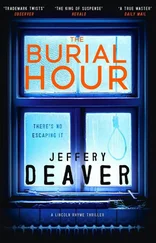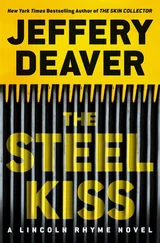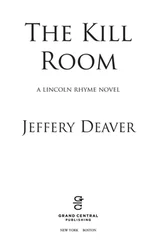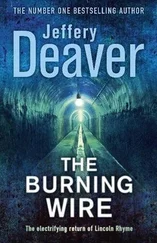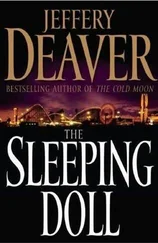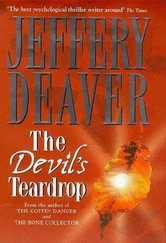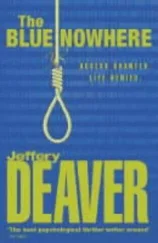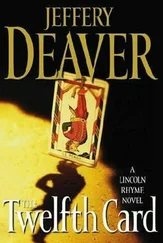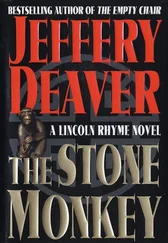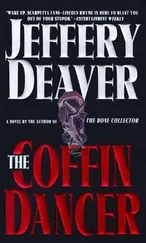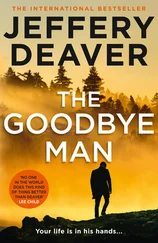• No indication of Officer Burke's whereabouts.
• Harlem River scene:
• No evidence, except skid marks in mud.
Profile as Illusionist
• Perp will use misdirection against victims and in eluding police.
• Physical misdirection (for distraction).
• Psychological (to eliminate suspicion).
• Escape at music school was similar to Vanished Man illusion routine. Too common to trace.
• Perp is primarily an illusionist.
• Talented at sleight-of-hand.
• Also knows protean (quick-change) magic. Will use breakaway clothes, nylon and silk, bald cap, finger cups and other latex appliances. Could be any age, gender or race.
• Calvert's death = Selbit's Cutting a Woman in Half routine.
• Proficient at lock-picking (possibly lock "scrubbing").
• Knows escapism techniques.
• Experience with animal illusions.
• Used mentalism to get information on victim.
• Used sleight of hand to drug her.
• Tried to kill third victim with Houdini escape. Water Torture Cell.
• Ventriloquism.
Harry Houdini was renowned for his escapism but in fact there were many great escapists who preceded him and many who were his contemporaries.
What set Houdini apart from all the others was a simple addition to his act: the challenge. A major part of his show involved an invitation to anyone in the town where he was appearing to challenge Houdini to escape from a device or location that the challenger himself provided – maybe a local policeman's own handcuffs or a cell in the town lock-up.
It was this competitive, man-versus-man element of performing that made Houdini great. He thrived on these challenges.
And so do I , Malerick now thought, walking into his apartment after his escape from the Harlem River and a bit of reconnaissance work. But he was still badly shaken up by the events that afternoon. When he'd been performing regularly, before the fire, there was often an element of danger in the routines. Real danger. His mentor had beaten into him that if there was no risk how could you possibly hope to engage your audience? There was no sin worse to Malerick than boring those who'd come to be entertained by you. But what a series of challenges this particular act had turned out to be; the police were far better than he'd expected. How had they anticipated that he'd target the woman at the riding academy? And where he was going to drown her? Trapping him in the crafts fair then finding him in the Mazda, chasing him again – getting so close that he'd had to send the car into the river and get away in a very narrow escape.
Challenges were one thing – but he was now feeling paranoid. He wanted to do more preparation for his next routine but he decided to stay in his apartment until the last minute.
Besides, there was something else that he needed to do now. Something for himself – not for his revered audience. He drew the shades of his apartment and placed a candle on the mantelpiece, next to a small inlaid wooden box. He struck a match and lit the candle. Then sat on the rough cloth of the cheap sofa. He controlled his breathing. Inhaled slowly, exhaled.
Slowly, slowly, slowly…
Concentrating on the flame, drifting into a meditation.
Throughout its history the art of magic has been divided into two schools.
First, there are the sleight-of-hand artists, the prestidigitators, the jugglers, the illusionists – people who entertain their audiences with dexterity and physical skill.
The second school of magic is far more controversial: the practice of the occult. Even in this scientific era some practitioners contend that they actually possess supernatural powers to read minds and move objects mentally, predict the future and communicate with spirits.
For thousands of years charlatan seers and mediums have grown rich claiming to be able to summon the spirits of the deceased for their distraught loved ones.
Before the government began cracking down on such scams it was legitimate magicians who'd protect the gullible by publicly revealing the methods behind the supposedly occult effects. (Even today the brilliant magician James Randi spends much of his time debunking fakes.) Harry Houdini himself devoted much of his life and fortune to challenging fake mediums. Yet, ironically, one of the reasons he took up this cause was out of his desperate search for a legitimate medium who could contact the spirit of his mother, whose death he never completely recovered from.
Malerick now stared at the candle, the flame. Watching, praying for the spirit of his soul mate to appear and caress the yellow cone of illumination, to send him a sign. He used the candle for this medium of communication because it was fire that had taken his love away from him, fire that had changed Malerick's life forever.
Wait, did it flicker? Yes, maybe no. He couldn't tell.
Both schools of magic vied within him. As a talented illusionist, Malerick knew, of course, that his routines were nothing more than applied physics, chemistry and psychology. But still there was that one splinter of doubt in his mind that perhaps magic actually did hold the key to the supernatural: God as illusionist, vanishing our failing bodies then palming the souls of those we loved, transforming them and returning them to us, His sad and hopeful audience.
This was not unthinkable, Malerick told himself. He -
And then the candle flickered! Yes, he saw it.
The flame moved a millimeter closer to the inlaid box. Very possibly it was a sign that the soul of his dead beloved was hovering near, summoned not by mechanics but by the fiber of connection that magic might reveal if only he could stay receptive.
"Are you there?" he whispered. "Are you?"
Breathing so very slowly, afraid that his exhalation would reach the candle and make it shiver; Malerick wanted proof positive that he was not alone.
Finally the candle burned itself out and Malerick sat for a long time in his meditative state, watching gray smoke curl toward the ceiling then vanish.
A glance at his watch. He could wait no longer. He gathered his costumes and props, assembled them and dressed carefully. Applied his makeup.
The mirror told him that he was "in role."
He walked to the front lobby. A glance out the window. The street was empty.
Then outside into the spring evening for a routine that would be, yes, even more challenging than the prior ones.
Fire and illusion are soul mates.
Bursts of flash powder, candles, propane flames over which escape artists dangle…
Fire, Revered Audience, is the devil's toy and the devil has always been linked to magic. Fire illuminates and fire obscures, it destroys and it creates.
Fire transforms.
And it's at the heart of our next act, one I call The Charred Man.
• • •
The Neighborhood School just off Fifth Avenue in Greenwich Village is a quaint limestone building, as modest in appearance as in name. One would never suspect that the children of some of the richest and most politically connected families in New York City learn reading, 'riting, and 'rithmatic here.
It was known not only as a quality educational institution – if you can refer to an elementary school that way – but was also an important cultural venue in this part of the city.
The 8:00 P. M. Saturday music recitals, for instance.
To which the Reverend Ralph Swensen was now making his way.
He'd survived his lengthy stroll through Chinatown and Little Italy to Greenwich Village without any harm other than your average accosting by your average panhandler, to which he was by now almost oblivious. He'd stopped at a small Italian restaurant for a plate of spaghetti (that and ravioli were the only dishes on the menu he recognized). And since the wife wasn't with him he ordered a glass of red wine. The food was wonderful and he remained in the restaurant for quite some time, sipping the forbidden drink and enjoying the sight of children playing in the streets of this boisterous ethnic neighborhood.
Читать дальше

